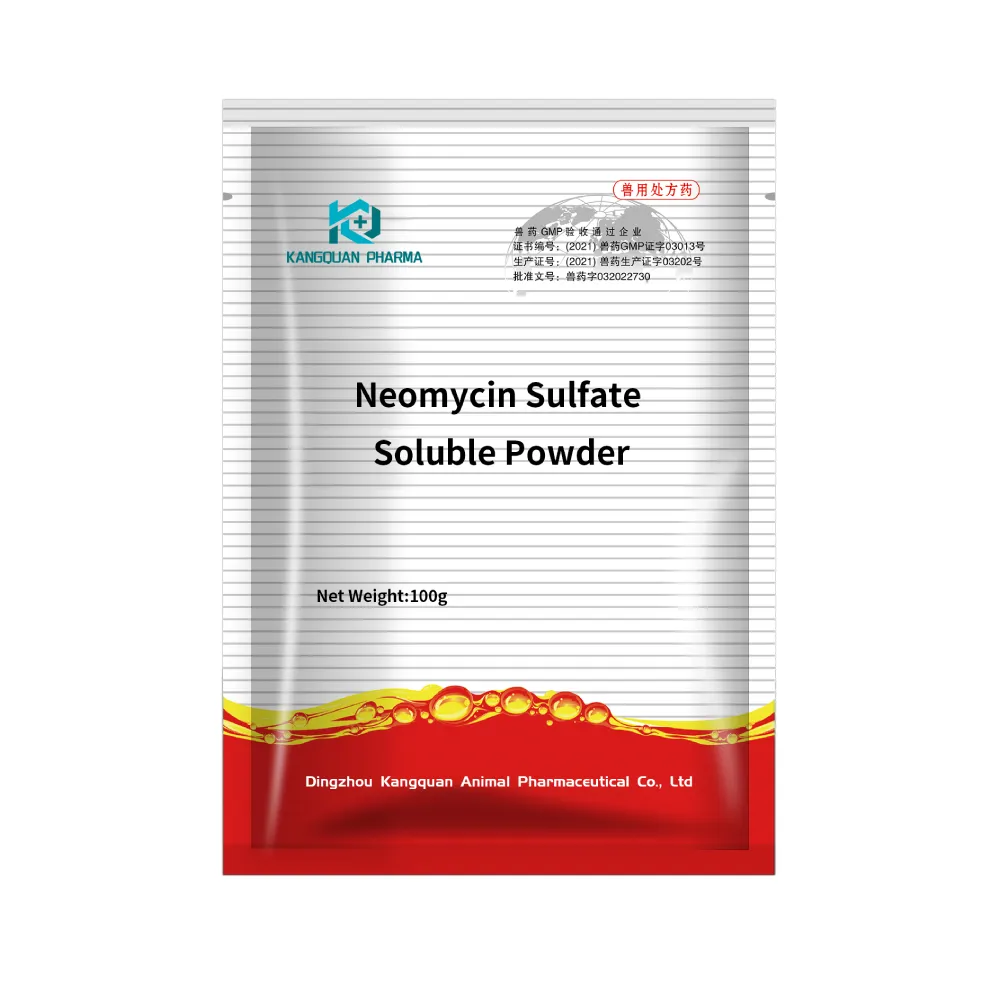- Afrikaans
- Albanian
- Amharic
- Arabic
- Armenian
- Azerbaijani
- Basque
- Belarusian
- Bengali
- Bosnian
- Bulgarian
- Catalan
- Cebuano
- Corsican
- Croatian
- Czech
- Danish
- Dutch
- English
- Esperanto
- Estonian
- Finnish
- French
- Frisian
- Galician
- Georgian
- German
- Greek
- Gujarati
- Haitian Creole
- hausa
- hawaiian
- Hebrew
- Hindi
- Miao
- Hungarian
- Icelandic
- igbo
- Indonesian
- irish
- Italian
- Japanese
- Javanese
- Kannada
- kazakh
- Khmer
- Rwandese
- Korean
- Kurdish
- Kyrgyz
- Lao
- Latin
- Latvian
- Lithuanian
- Luxembourgish
- Macedonian
- Malgashi
- Malay
- Malayalam
- Maltese
- Maori
- Marathi
- Mongolian
- Myanmar
- Nepali
- Norwegian
- Norwegian
- Occitan
- Pashto
- Persian
- Polish
- Portuguese
- Punjabi
- Romanian
- Russian
- Samoan
- Scottish Gaelic
- Serbian
- Sesotho
- Shona
- Sindhi
- Sinhala
- Slovak
- Slovenian
- Somali
- Spanish
- Sundanese
- Swahili
- Swedish
- Tagalog
- Tajik
- Tamil
- Tatar
- Telugu
- Thai
- Turkish
- Turkmen
- Ukrainian
- Urdu
- Uighur
- Uzbek
- Vietnamese
- Welsh
- Bantu
- Yiddish
- Yoruba
- Zulu
Dùbh . 30, 2024 10:06 Back to list
radix isatis indigotica
The Significance of Radix Isatis Indigotica in Traditional Medicine
Radix Isatis Indigotica, commonly known as Isatis root or Ban Lan Gen in Traditional Chinese Medicine (TCM), has garnered attention for its myriad of therapeutic applications. This herb comes from the Isatis tinctoria plant, which is renowned not just for its medicinal properties but also for its blue dye, indigo, historically used in textiles. The multifaceted benefits of Radix Isatis Indigotica make it a revered component in both herbal medicine and cultural practices.
Historical Background
The use of Isatis dates back to ancient civilizations, with references found in texts like the Shennong Bencao Jing (Shennong's Classic of Herbology), where it is classified as a bitter, cold herb that clears heat and detoxifies. It has played a crucial role in TCM, particularly in the treatment of various illnesses. The plant is predominantly found in East Asia, thriving in cooler climates, where its roots have been harvested for centuries.
Medicinal Properties
Radix Isatis Indigotica is celebrated for its anti-inflammatory, antiviral, and antibacterial properties. Traditionally, it has been employed to treat respiratory tract infections, fevers, sore throats, and skin disorders. The herb is believed to expel toxins from the body, making it effective in addressing viral diseases like influenza and even COVID-19. Its active compounds, including indirubin and isatin, contribute to its therapeutic effects by modulating the immune response and inhibiting the replication of pathogens.
Recent studies have further illuminated the herb's potential, with research focusing on its mechanisms of action. For instance, the anti-inflammatory properties of Radix Isatis Indigotica help reduce symptoms associated with chronic conditions, such as arthritis. Additionally, its ability to promote detoxification supports overall health, aiding the liver in metabolizing harmful substances.
radix isatis indigotica

Modern Applications
In contemporary health practices, Radix Isatis Indigotica has found its way into various formulations, including herbal teas, tinctures, and capsules. Western herbalists have begun to recognize the herb's value, often incorporating it into broader holistic approaches. The rising popularity of herbal remedies in the West has prompted more research into its efficacy and safety, ensuring that traditional uses can be supported by scientific evidence.
Moreover, the herb is also gaining traction in the realm of natural skincare. With its antibacterial properties, it is being formulated into topical applications aimed at treating acne and other skin issues. The rise of interest in natural and organic beauty products has opened a new avenue for Radix Isatis Indigotica, allowing it to reach a wider audience beyond those seeking treatment for traditional ailments.
Conclusion
Radix Isatis Indigotica stands as a testament to the wisdom of traditional medicine and its relevance in today’s health landscape. As both a medicinal herb and a cultural symbol, it bridges the gap between ancient practices and modern science. Researchers continue to uncover the depths of its benefits, validating centuries of use by generations before us. As interest in natural remedies grows, Radix Isatis Indigotica serves as a reminder of nature’s power and the importance of integrating traditional knowledge with contemporary health practices.
Overall, the journey of Radix Isatis Indigotica from ancient herbalism to modern wellness illustrates the enduring bond between nature and healing, inspiring individuals to explore and embrace the world of herbal medicine.
-
Guide to Oxytetracycline Injection
NewsMar.27,2025
-
Guide to Colistin Sulphate
NewsMar.27,2025
-
Gentamicin Sulfate: Uses, Price, And Key Information
NewsMar.27,2025
-
Enrofloxacin Injection: Uses, Price, And Supplier Information
NewsMar.27,2025
-
Dexamethasone Sodium Phosphate Injection: Uses, Price, And Key Information
NewsMar.27,2025
-
Albendazole Tablet: Uses, Dosage, Cost, And Key Information
NewsMar.27,2025













